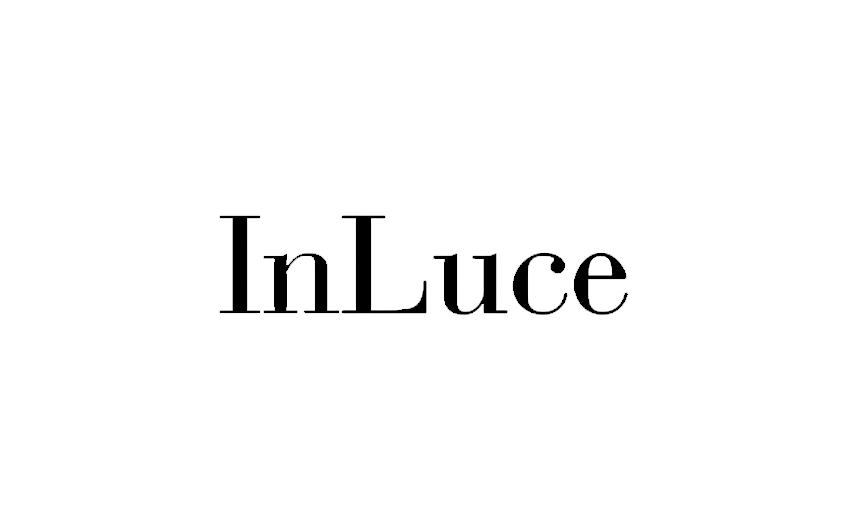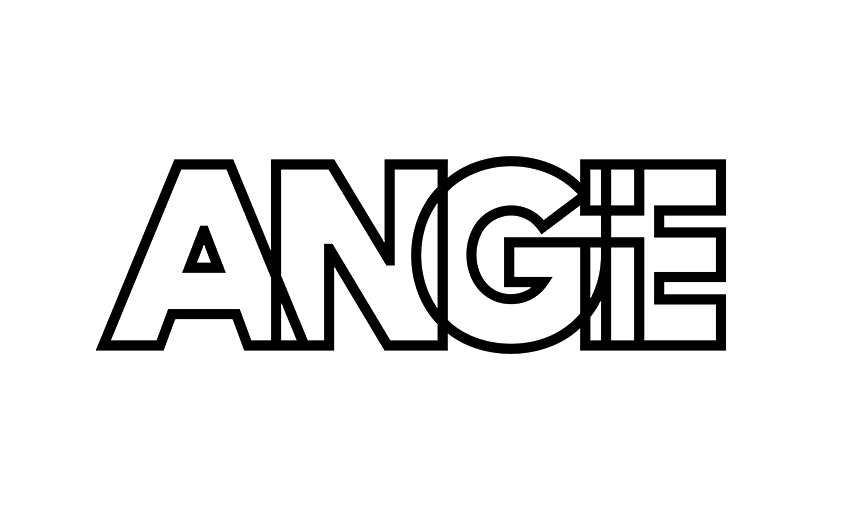How Does Business Finder Compensation Work?
In this article :
At Rétines, we have a business introducer program where the question of compensation is central. It is, in fact, the structuring point of the relationship between the company and the person introducing it to prospects. Without clear compensation, the model doesn’t work. Too vague, it creates frustration; too rigid, it discourages initiative. Finding the right balance, both contractual and operational, is therefore essential.
Types of Compensation Calculation
In a business introducer relationship (see definition), the question of the amount is important, but the method used to calculate the introducer’s compensation is just as crucial. Each sector, service, and commercial strategy may require a different compensation model. There is no single formula; rather, there are approaches suited to specific circumstances.
First model, the simplest: fixed commission.
The introducer receives a predetermined amount (commission) for each successful connection. This type of compensation works well when services are standardized and prices vary little. Its advantage lies in its clarity and ease of implementation, without complex calculations. However, it does not account for the size or potential of the contract secured.
Second, more common approach: proportional commission.
The introducer earns a percentage of the revenue generated from their contact. The rate varies by sector but is generally between 5% and 15%. This system is fairer, as it adjusts to the actual value of the deal closed. It does require careful tracking of invoiced amounts and a clear agreement on what is included in the calculation (discounts, fees, options, etc.).
Third model, hybrid: fixed base + percentage.
This mixed compensation type aligns interests. It guarantees immediate recognition for the introduction work while incentivizing the pursuit of high-value deals. It is often used for strategic missions or in sectors with long sales cycles.
Some contracts also include tiered rates. For example, 5% up to €20,000, then 10% beyond. This system rewards introducers who generate volume or secure major projects, helping to foster loyalty by involving them in a growth-oriented logic.
Another case: recurring compensation.
Here, the introducer receives a commission not just once, but each time the client generates a new invoice or renewal. This rarer model is used when the commercial relationship is stable and long-term, particularly for subscription services or extended missions. It requires complete transparency regarding generated revenue streams.
Finally, some contracts include bonuses: one-off rewards for priority sectors, specific amounts for entering a new market, or incentives for a sequence of successful introductions. These variables are useful for keeping the collaboration active over time.
In summary, properly compensating a business introducer is not just about choosing an amount—it’s about selecting a system. This system must align with the sales cycle, average contract value, and company objectives. A well-structured calculation method aligns interests and clarifies the rules, turning a simple contact into a genuine growth lever.
Other Points Related to Compensation
Setting a commission is a good start, but it is never enough. In a business introducer relationship, the way compensation is paid, structured, and tracked is just as important as the amount itself. Often, it’s the peripheral details, poorly defined or vague, that create tension. Here are the key points not to overlook when structuring a business introducer collaboration.
First sensitive topic: payment trigger.
It’s essential to determine when the commission becomes due. Upon signing the contract between the company and the client? Once the first invoice is paid? Or after a certain revenue threshold is reached? Each scenario has its advantages. The crucial point is to be explicit and avoid any ambiguity.
Second point: payment schedule.
Even if the commission is due, when will it actually be paid? Some contracts stipulate payment within 15 days, others within 30 or 60 days. There may also be an intentional delay to wait for actual receipt of funds. This period should be reasonable and clearly stated to avoid unnecessary follow-ups.
Another important element: validity period of the introduction.
An introducer may bring in a prospect who takes several months to decide. The contract should specify how long this introduction is considered active. Common practice is around 6 to 12 months. Beyond that, the commercial relationship is considered independent, and the commission is no longer owed.
In summary, compensating a business introducer is not just about a number. It relies on a clear, balanced, written framework that accounts for time, contingencies, traceability, and each party’s limits. This rigor is what makes the collaboration sustainable, smooth, and transparent.
How Does Business Introducer Compensation Work in Practice?
But in reality, how does it actually work? What is the status of a business introducer? Who sends what, when, and under which legal framework? The compensation of a business introducer follows a simple logic, but it must be clearly structured. Between introducing a prospect and the actual payment of the commission, several steps cannot be overlooked.
- It all starts with a business introducer agreement. Before any payment, both parties must formalize their collaboration. This agreement sets the rules of the game: scope of the mission, commission rate, conditions for triggering payment, validity period of the introduction, etc. Without this written framework, the collaboration relies on ambiguity, which is risky for both sides.
- Next, once the introducer has made a connection that leads to a sale, they must be able to trigger their compensation. Practically, this is done via an invoice. The business introducer invoices the commission stipulated in the contract. This is where the legal status comes into play.
- To issue an invoice, the business introducer must have a legal structure. This can be as an independent professional (micro-entrepreneur, sole proprietorship, company), a business, or even an association, depending on the situation. Without a legal status, invoicing, and therefore payment, is not possible. Note: having a company is not mandatory to act as a business introducer, but you must be legally able to issue an invoice, with a SIRET number and all mandatory information.
- The invoice must include key details: nature of the mission, contract reference, amount excluding tax, VAT rate if applicable, and full contact information. It can be issued either at the signing of the commercial contract between the client and the company, or upon payment of the first invoice by the client, depending on what has been agreed. The main point is to align on the correct trigger.
- Payment then follows the timelines specified in the contract, usually 15 to 30 days after receipt of the invoice. The company pays the introducer like any other service provider. There is no payroll or employee contributions as in a salaried relationship; it is a service transaction.
In summary, compensating a business introducer is not an informal matter. It is a structured, professional transaction that requires a contract, a legal structure, an invoice, and proper tracking. Done correctly, it secures the relationship and allows both parties to operate in confidence.
Conclusion
At Rétines, our business introducer program is built on solid foundations: a clear relationship, transparent compensation, and rules established from the outset. This precise framework allows us to work with confidence, without ambiguity or vague promises. We understand that a good introducer does more than provide a contact, they create momentum. In return, they need to know exactly how, when, and on what basis they will be compensated.
For us, an introduction has real value. It deserves a transparent model, adapted to each type of mission, and respected over time. This is what allows us to activate this lever effectively within a sustainable partnership. If you think you can connect the right people to the right projects, we want to hear from you.
Jérémy Carlo is the editorial director at Rétines, where he ensures the consistency and clarity of all content produced by the studio.
Our Clients
Let’s discuss
What we do for you at Rétines
Meticulous work, an organised project and fast delivery. And to achieve this, we mobilise the right resources in our teams at the right time.
01
Pre-production
Artistic and technical direction tailored to the project.
Relevant recommendations on content, form and resources.
02
Photo Shooting
Photos taken by our experienced photographers.
Production that’s controlled, efficient and tailored to the needs of the project, with nothing superfluous.
03
Retouching
Technique
Photographs magnified by our retouching team.
Post-production to meet the commercial challenges of the brief.












